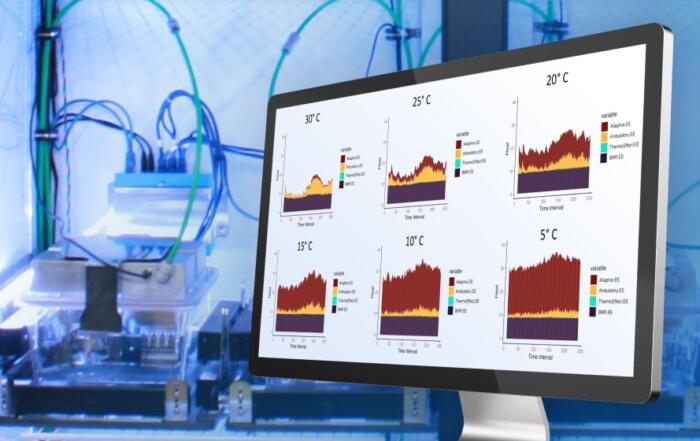In this webinar, David Wasserman, PhD provides a more complete understanding of muscle glucose uptake through consideration of the integration of physiological systems that control this process.
Muscle glucose uptake requires that glucose be delivered to the myocyte by the circulation, enter the myocyte by cell membrane glucose transporters, and is phosphorylated within the myocyte by a hexokinase. While each of these three steps are necessary for glucose uptake, their importance may vary depending on physiological and pathophysiological conditions. The focus of research has been on the control of muscle glucose uptake by the glucose transporter, GLUT4. Studies of GLUT4 using genetic mouse models and humans show that glucose transport is the fulcrum that determines how control of glucose uptake is shared. Insulin and exercise cause a robust translocation of GLUT4 containing intracellular vesicles to the plasma membrane, making the muscle highly permeable to glucose. As the capacity to transport glucose increases in response to GLUT4 translocation, control of muscle glucose uptake naturally shifts so that glucose myocyte delivery and glucose phosphorylation are potentially more important.
In recent years, the Wasserman Lab has used mouse models to focus on the extracellular matrix (ECM) of insulin-sensitive tissue as a control site for muscle glucose uptake. They study whether ECM components activate ligands for cell surface integrin receptors. The hypothesis is that the proliferation of ECM components of diet-induced obesity contributes to an insulin resistant state through its interactions with integrin receptors.
Key Topics Include:
- Muscle glucose uptake requires delivery to, transport into, and phosphorylation within the muscle cell.
- The glucose transporter, GLUT4, is contained in vesicles in the cell that are translocated to the cell surface in response to stimuli such as insulin and exercise.
- GLUT4 abundance in the plasma membrane determines control of glucose uptake by glucose delivery and phosphorylation.
- Inflammation that accompanies obesity causes increased extracellular matrix.
- Extracellular matrix proteins affect insulin action by binding to integrin receptors.
Presenters
Professor and AM Lyle Chair of Biomedical Sciences
Molecular Physiology and Biophysics
Vanderbilt University










